Zucchini is one of the most popular vegetables that are grown on our beds. The fruits of this plant usually have an oblong shape. At the same time, their color can be green, white or yellow. It is believed that the zucchini first appeared in America, but there initially used only seeds. On the European continent, this vegetable began to cultivate only the 16th century. Moreover, it originally, as well as other wonderful overseas plants, was grown exclusively for the botanical garden. Today, the zucchini is used in many Mediterranean dishes. Most often they are applied in unreliable form. For the first time in the cooking, the Italians began to use them in the 18th century. About how to plant zucchini and care for them - hereinafter.
Content
Characteristics of grades of Kabachkov
Among traditional (white) zucchini, the following hybrids are considered the most popular for cultivation:
- Grade "White Ultra Supreme". The name of this plant speaks for itself. They give the first harvest on the 35th day after the appearance of germs. The fruits of white plants with a solid and lush core are well saved for a long time and are excellent for canning. These zucchini have a delicate taste, so that they can be used as an ingredient for various culinary dishes, as well as for the preparation of baby food.
- Grade "Mushroom 37". Plants of this species perfectly carry sharp cooling, so they gained widespread in various regions. Fruits outside have a pale green color, from the inside - white. The form is predominantly cylindrical. The first fruit appears in the plants of this variety on the 40th day after the development of shoots.
- Grade "long-fashioned". It features a long cylindrical fruit with a white and green touch of pulp and a pale green peel. The surface of the zucchini itself is smooth with a corrugated base. Fruits are perfectly suitable for culinary purposes, especially delicious of them get caviar. Tasty also canned zucchini of this variety. The plant is a small compact bush, which begins to be fron in 45-50 days after the appearance of sprouts.
- Spaghetti. The name of the fruits of this variety was obtained due to the fact that their pulp during boiling has the form of long pasta. This variety is not too popular, as very picky in care. He does not like to oveurgery soil, as well as the lack of sunlight. Therefore, in the shady places it is better not to plant.
- "Beloral F1". Pretty popular hybrid. Like an ultra-speech, this variety is characterized by quite fast ripening of fruits - only 34 days after the appearance of sprouts.
How to grow zucchini from seedlings
This method is perfect for growing early varieties. When planting zucchini from seedlings, the appearance of the first fruit can be closer for 2-3 weeks. In such a method there is nothing complicated. The process of planting seeds of zucchini is not fundamentally different from growing cucumbers seedlings. The planting material is discharged into a peat pot of small diameter (up to 10 cm) and covered with a film. After the appearance of shoots, the pot put in a warm and bright place. The temperature there should not be below +15 ⁰c. An ideal place for growing seedlings is a glazed balcony. The zucchini sprouts do not like excess moisture, so with their irrigation you need to be inactive to make the soil too much. It is necessary to plant seedlings to open soil only when the risk of night frosts will decrease.
Procedure for planting plants:
- Before planting zabachkov, it is necessary to prepare the soil. You can do this as directly before falling down in the spring and autumn. The last method is preferable. It is done as follows. In the fall after harvesting, dig a small trench. Its depth must be about 40 cm, with a width of no more than 35 cm. In it folds the waste of beets, carrots, legumes, a bit of wood leaves and suck the soil layer with a thickness of no more than 7 cm. It is necessary to keep track of pests or fungal diseases.
- In the spring you need to slightly explode the soil already enriched with nutrients and fall into it prepared seedlings. The distance between the bushes should be at least 40 cm, as the unfolded bush of the zucchini occupies a fairly large area.
- For landing, it is necessary to dig a small hole, moisten a peat pot in the water, tear off the bottom and lower the sprout into the hole, joining the earth.
- If you decide to prepare the soil in the spring, then add to the loosened soil of the manure or semi-proverse compost, mix with a shovel or forks and fall out on this section several plants.
Growing zucchini from seeds
Cultivation of zucchini seeds is still more popular than the use of seedlings. Many gardeners do not like to mess around with growing seedlings in pots, preferring to plant zucchini in open ground. Moreover, in the southern latitudes there is no need.
Procedure for planting plants:
- Seeds before landing is better to germinate. Make it pretty easy. Prepared from autumn or purchased planting material must be postponed on wet marla and wait 2-3 days. During this time you need to prepare the ground for landing.
- The preparation process in most cases is the introduction of the required number of fertilizers. For this, the site on which the planting of the culture is planned, is drunk with humus or manure with the addition of fertilizers. Superphosphate, ash or ammonium nitrate can act as the latter.
- Gestroinated seeds sow into a small well, pre-watered water, 2-3 pieces in one. The distance between the pits are advised to withstand at least 40 cm. After planting, you can cover the holes of the plastic bottle by cropping. It will be able to protect the sprouts from possible freezers.
Zucchini: care
As a rule, these plants are not picky about care. They need to water and explode the soil on time. Also, especially at the initial stage of plant growth, it is necessary to pay great attention to the fight against weeds.
Cultural care rules:
- During growth, it is desirable to make 1-2 feeding. The most suitable for this culture is a mixture of liter cans of a cowboat and a spoonful of nitroposki diluted in the water bucket.
- During the appearance of the first fruit, it is necessary to cut 1-3 lower sheets. This step will provide normal air circulation and access to the normal growth of the amount of light sufficient for normal growth.
- The fruits of the plants are removed at least 1-2 times a week. Perevansky zucchini loses its taste and most often just ejected. In addition, ripe fruit prevents the further development of new barriers and extends the ripening process of new ones.
- When growing zucchini, experts advise to pay attention to their pollination. This will be able to significantly increase their yield. At the time of flowering plants, it is necessary to attract insects, which will provide the process of pollination. For this, it is possible to make plants with aqueous solution of sugar and boric acid. His recipe is quite simple: 100 grams of sugar take 2 g of boric acid and dilute in 1 liter of boiled water. We thoroughly mix to dissolve sugar and add to the manual sprayer, which processed the plants. You can also arrange several cans with diluted with honey in consistency in consistency in the water. / 1 cup of water. During the flowering and pollination of plants, they cannot be processed by pesticides.
- Every year during the sowing of zabachkov, it is necessary to adhere to the principle of changing the place of landing. Such a step can significantly increase the yield of culture, reduce the amount of empty flowers. It is also used as the prevention of various phytosabulas.
- It is undesirable to plant a zucchini into the place of pumpkin plants, such as cucumber, pumpkin, Patchsson. This culture is perfectly growing at the potato, tomatoes, peas.
Diseases Zucchini
Like many plants of the pumpkin family, the zucchini is subject to a row of disease and the harmful effects of various insects. About the most common of them and methods of combating them - Next:
- Anthracnose. This phytoocabulation is characterized by the defeat of all organs of the plant, except the root system. Most often it occurs at the greenhouse varieties of the zucchini, but the damage and soil plants are not excluded. It is demonstrated in the form of yellow-brown spots on leaves and plants stalks. The reason for the development of anthrass can be high humidity of air and soil, as well as watering plants in hot time, so it is better to avoid it. In order to prevent the appearance of the disease, it is necessary to carefully select seedlings, timely remove weeds and affected plants, to remove the predicted tops in time, follow the rules of the crop rotation. Of the drugs for the treatment of illness, a 35% pasta of sulfur colloid (up to 100 grams per 10 liters of water) are suitable, a mixture of lime and copper sipop (100 gr of each ingredient per 10 liters of water).
- Flour dew. One of the most common diseases is not only zucchini, but also of many garden plants. It is a white torment raid on the leaves of the affected plant. The white plaque itself is nothing but a spore fungus, which in the process of growth destroy green shoots and the plant itself. To prevent the disease, it is necessary to observe the same measures as for the prevention of anthrass. From medicinal solutions, sulfur colloidal in a paste of various consistency, ground sulfur, sodium phosphate, isophrenic, isophene.
Often, the zucchini is sick with the following diseases:
- White, root and gray rot.
- Fusarious fading.
- Askochithosis.
- Bacteriosis.
- Green cracked and white mosaic.
Among the insects are the greatest harm to:
- Cute tick. This parasite is mainly striking greenhouse plants. In the open soil, its activity increases in hot and dry years. The parasite and its larvae feed on juicy shoots of plants, destroying their flowers and leaves, thereby noticeably reducing the yield. To combat this pest, it is necessary to spray the beds with zucchini with water, especially on hot days. An excellent means can become a water-based flange of scales or garlic (approximately 200 g / 10l water). From drugs, it is possible to highlight isofen, ground sulfur and celttan.
- Bahch wave. The colonies of these parasites are arranged, as a rule, on the back of the leaves, stalks and flowers of plants. Very often, "activity" of such colonies leads to the death of the plant, and if not, then to the slowdown in the growth of fruits. To combat this parasite, carbofos and trichloromethospos-3 are used.
Why is it worth growing zucchini?
The young fruits of this popular plant are not in vain called natural medicine. The flesh of a young zucchini is replete with squirrels and carbohydrates. In addition, it is rich in carotine, ascorbic acid, group B vitamins, iron, potassium, magnesium salts, calcium. It contains a lot of pectins. By the way, at the concentration of potassium salts, the fruits of this culture exceeds a white cabbage. They are known for the optimal content of fiber, which makes them useful as a dietary power supply. This is a pretty low-calorie product. So, at 100 grams contain no more than 20 kilokalories.
It is worth noting that the zucchini can save their beneficial properties for a long time. When used in cooking, the fruit is usually amenable to heat treatment, extinguishing, frying. Delicious snacks from this vegetable as a side dish for meat and fish dishes. Zucchini is used in pickled form, and still stuffing. Sometimes fruits are used as ingredients for cooking compotes. Often in some recipes they acquire the taste of pineapple.
The most useful are semi-fruit fruits, the length of which is about 21-24 cm. Moreover, it is necessary to use them with the skin. A special value is completely young zucchini, which in food can be used in the raw form.
Zucchini, despite all their beneficial properties, sometimes harm can harm. For example, with renal failure, excessive use of their use can harm the person due to the fact that they contain a large number of potassium.
Zucchini: photo

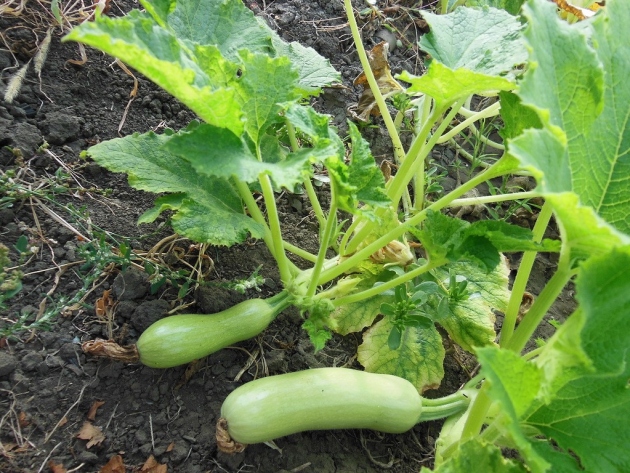
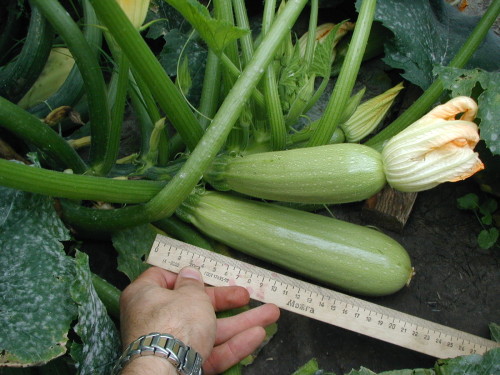
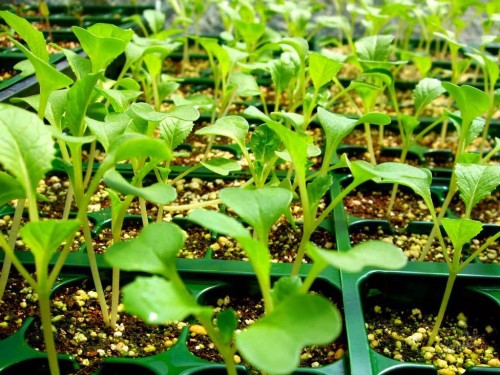
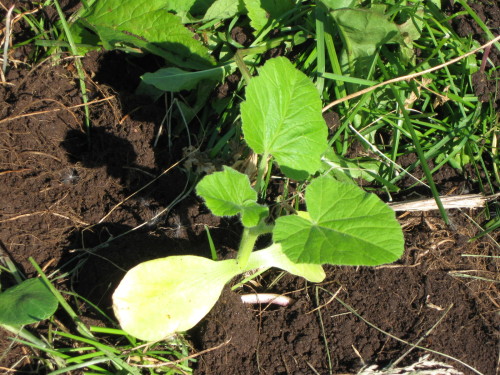
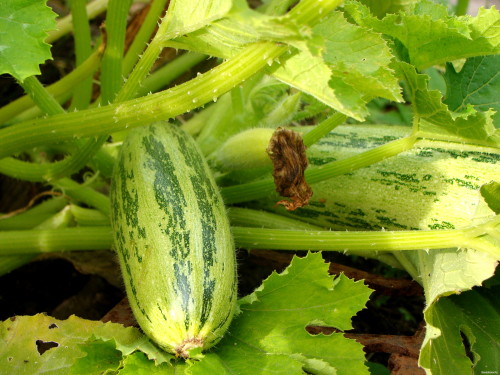
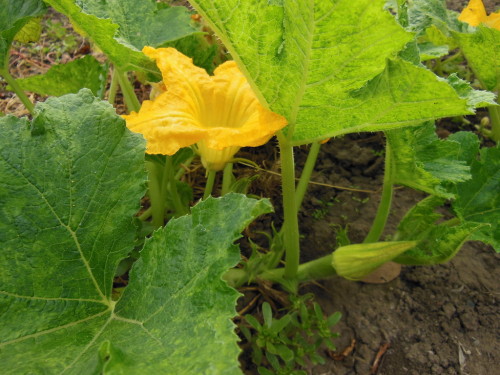
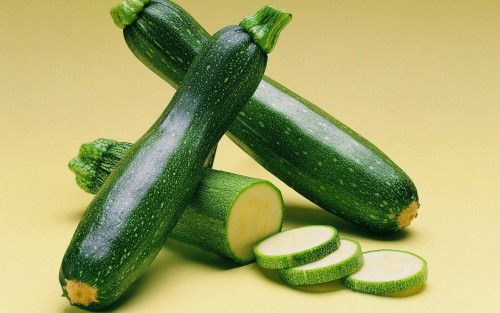
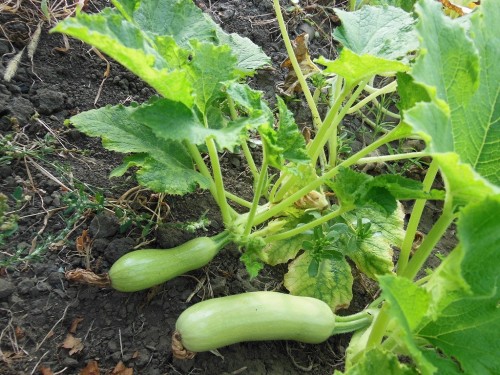
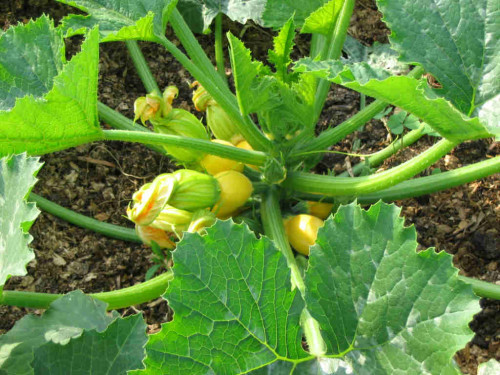












 Start a discussion ...
Start a discussion ...